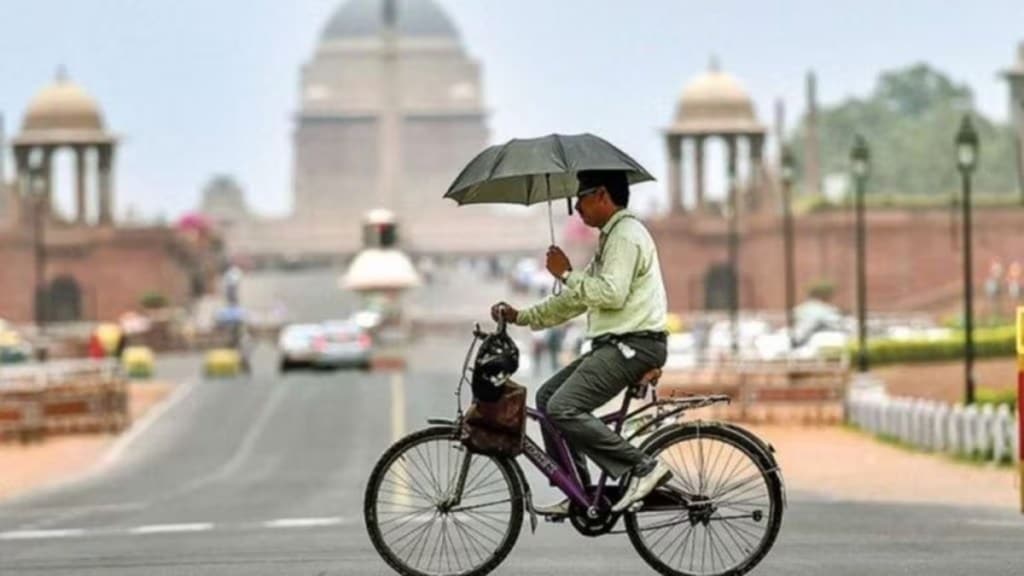Prediction of extreme weather events such as hailstorms and downpour in specific locations still remains a challenge for the country. M Ravichandran, secretary, ministry of earth science speaks to Sandip Das on steps being taken to bolster weather forecasting systems.
Q: Despite several years of normal or adequate monsoon rains, concerns are being raised about the spatial and temporal distribution of precipitation. What are the key trends you are witnessing about rainfall pattern?
A: There used to be pre-monsoon drizzle in for about 100 days earlier, but this has been reduced to 30- 40 days. Extreme rainfall or heavy downpour events are increasing and light rainfall days are decreasing. This has a significant impact on sectors like agriculture. We need to change our agricultural practices accordingly. Lightning and thunderstorms incidents are increasing while air becoming increasingly warmer, leading to downpours.
Q: What are the plans to improve forecast accuracy for the short-term localised weather events?
A: With the higher frequency of extreme weather events on rise, the need for now-cast information or providing advance weather warning around 3-6 hours prior to the events has been growing. The IMD will for the first time issue a global tender to purchase 65 doppler advanced weather radars to be installed by the end of 2026. Currently we have 44 such radars installed at various locations to provide advance information about the extreme weather events.
Currently, Doppler radars of varying frequencies — S-band, C-band and X-band — are used by the met department to track the movement of weather systems and cloud bands, and gauge rainfall over its coverage area of 200 to 500 km. The Rs 2000 crore ‘Mission Mausam’ approved last year aims to augment the Doppler weather radar network across the country for complete radar coverage and to enhance the accuracy of the weather forecasting system. In addition to Doppler radars, 15 radiometers and 15 wind profilers across the country will be installed. The locations of all these instruments would be distributed in the best possible way to monitor severe weather conditions across the regions.
Q: What are the sectors which are currently using the weather forecast provided by the met department?
A; There are several sectors of the economy that use our weather data. Power, agriculture, civil aviation, surface transport, food delivery companies are major sectors which are using our weather forecasting system. The wind energy or solar energy firms seek data on weather forecasting at the localised levels. However our mandate is remain to provide weather updates to the government.
Q: Are there plans to launch personalised weather forecasts?
The mausam mission aims to significantly advance country’ meteorological capabilities. Part of the mission, we will be launching ‘Mausam GPT’, an artificial intelligence (AI) -powered application as part of the mission which would deliver prompt and dependable personalised weather updates for travelers, farmers and others. We are developing the software, maybe in another six months the first version will be released. By integrating AI technologies into weather forecasting, Mausam GPT will enable the rapid dissemination of alerts and warnings through offering information in multiple languages.

